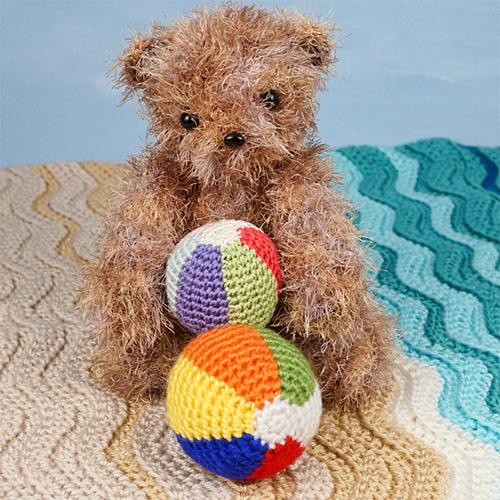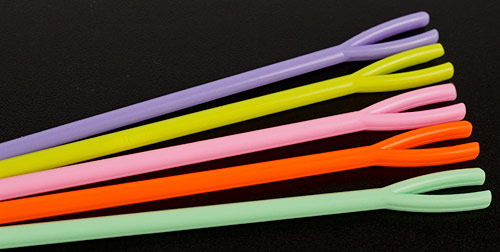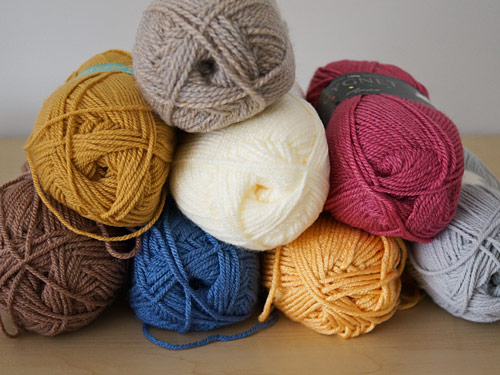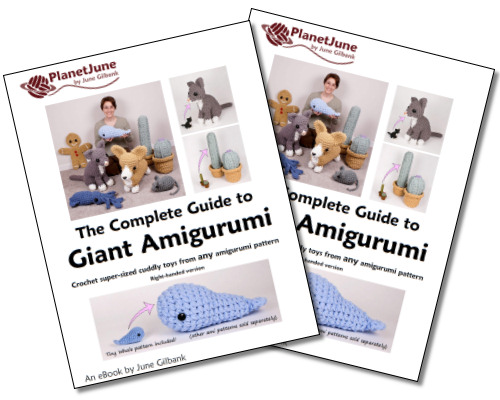
Amigurumi Beach Ball is a fun no-sew pattern for summer – or for any time of year! Make a play ball for the kids, a set of juggling balls, or a stress ball to play with at your desk. Make it interactive by adding a squeaker, rattle or bell when you stuff it. Stuff it […]






















